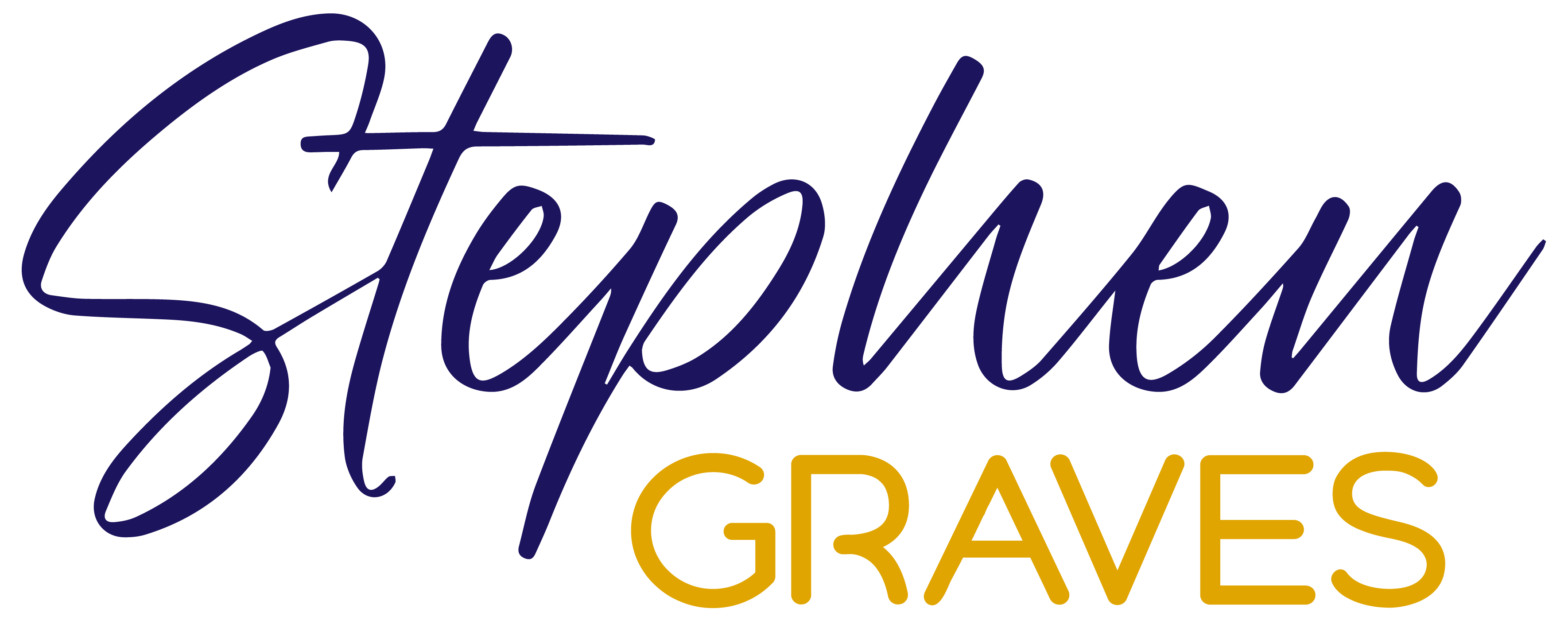“Trust is gained in drops and lost in buckets.” — Kevin Plank
I’ve often said that influence is built on the back of consistency—and consistency can’t exist without integrity. That’s true in leadership, in relationships, and especially in the content we share with the world.
In a digital world where voices are amplified, duplicated, manipulated, and sometimes even hijacked, the one thing that separates trusted messengers from the noise is content integrity. And it’s high time we started protecting it like the asset it is.
How do we do that? Let’s unpack this.
Why Content Integrity Deserves a Seat at the Strategy Table
We’re all publishers now. Whether you’re a founder writing weekly reflections on LinkedIn, a coach putting out leadership principles on your blog, or a brand building a digital legacy—you’re broadcasting ideas. And once you hit “publish,” those ideas begin to form the foundation of how people perceive you.
Now here’s the catch: not everything with your name on it actually comes from you anymore.
Of course, if you are in management, you are used to having your name attached to any number of things created by other humans, whether contracts, presentations, reports and the like. But in the new world of artificial intelligence we live in, it goes much further. AI models are learning from your tone. Algorithms are reshaping your headlines. Bots are scraping your blog posts to repost them elsewhere without attribution. And maybe worst of all—your well-intended, carefully crafted message can be distorted by misquotes or out-of-context reposts.
Which leads us to the problem: we’ve spent years building platforms, but very little time building protections.
That’s where Content Integrity Protection enters the frame—not as a tech function, but as a trust function.
What Is Content Integrity Protection, Really?
Let’s simplify it.
Content Integrity Protection is the conscious effort to:
- Safeguard the accuracy, authorship, and authenticity of what you publish
- Prevent dilution, distortion, or unauthorized duplication
- Maintain a clear thread between your voice and your values
It’s not just about copyright laws or digital watermarks. It’s about preserving trust.
In the same way a leader must ensure their walk matches their talk, creators (whether individuals or companies) must ensure their words, once released into the wild, still reflect their true voice.
Because once your voice is hijacked, your trust is too.
The Trust Equation
Let me put this in practical terms.
When a client reads your article, listens to your podcast, or sees your quote on a graphic, they are making micro-decisions:
- “Does this person understand me?”
- “Can I believe what they say?”
- “Do they do what they say?”
As President of Gotham Polling, I am keenly aware that every poll we release is only meaningful because people have come to trust our voice. Anyone can put out a poll but it means something when we do – because it is often not just about what is said but who said it.
So every blog post or social caption is a trust-building opportunity—or a trust-eroding risk if you’ve lost control of how your content is used.
Great, you say – now what?
From Passive Publishing to Proactive Stewardship
Here’s a simple framework I often use with leaders: Create. Clarify. Protect.
1. Create with Intent
Don’t just churn out content. Ask: What is this for? Who is this serving? Would I still stand by this five years from now? The biggest question: Would I actually take the time in my busy day to read this?
2. Clarify the Source
Use your name. Sign your content. Add audio. Be visible. In a world full of anonymous noise, clarity is magnetic and authenticity is attractive.
3. Protect the Message
Leverage the tools available—watermarking, blockchain verification, content monitoring services. But more than tools, build a system of stewardship. Assign someone the role of “content integrity officer,” even if that person is you.
Because It’s Bigger Than Just You
This isn’t just a branding issue. It’s a leadership issue. It’s a trust issue.
When your words are manipulated or misrepresented, the people who believed in you pay the price. The emerging entrepreneur who quoted your blog. The mentor who forwarded your article to a mentee. The investor who shared your philosophy at a board meeting.
They all deserve to know that what they’re sharing actually came from you.
Trust compounds. But only when protected.
So, What Will You Do With Your Voice?
You don’t need to become paranoid. But you do need to become intentional.
Protecting your content isn’t about ego—it’s about stewardship. It’s about making sure the voice people trust still sounds like you, even when you’re not in the room.
Authenticity is the new currency. And in an age where content spreads faster than character, the leaders who protect their message will be the ones who preserve their influence.
Let’s make that protection part of our strategy—not an afterthought.
After all, you’ve spent a lifetime building your voice. Don’t let someone else speak louder with it than you do.


